The demand for clean, safe drinking water remains critical across rural areas of Kenya and much of East Africa, prompting many organizations to focus on increasing the number of water supply wells.
For the past five years, William (Bill) Halbert, a professional hydrogeologist and owner of Insight Geologic, Inc., has been working with Engineers Without Borders drilling wells in rural southwestern Kenya.
The Need for a Groundwater Monitoring Network
During his work, Bill became aware of the need for more reliable information on groundwater use and sustainability. This led to him forming the non-profit group Maji Walinzi, meaning “Water Guardians” in Swahili.
Maji Walinzi works with local and national groups, including the Water Resources Management Authority (WRMA) in Kenya, to provide equipment and training to monitor groundwater resources. A major goal of this organization is to establish a large, long-term groundwater monitoring network across rural villages.
Leveloggers Help Establish Groundwater Monitoring Network
Bill’s two companies donated many automated, programmable water level dataloggers, including Solinst Leveloggers, to get the monitoring project started. “I’ve purchased a number of Leveloggers from Solinst over the years, and I’ve been very pleased with their performance as well as the user interface,” says Bill.
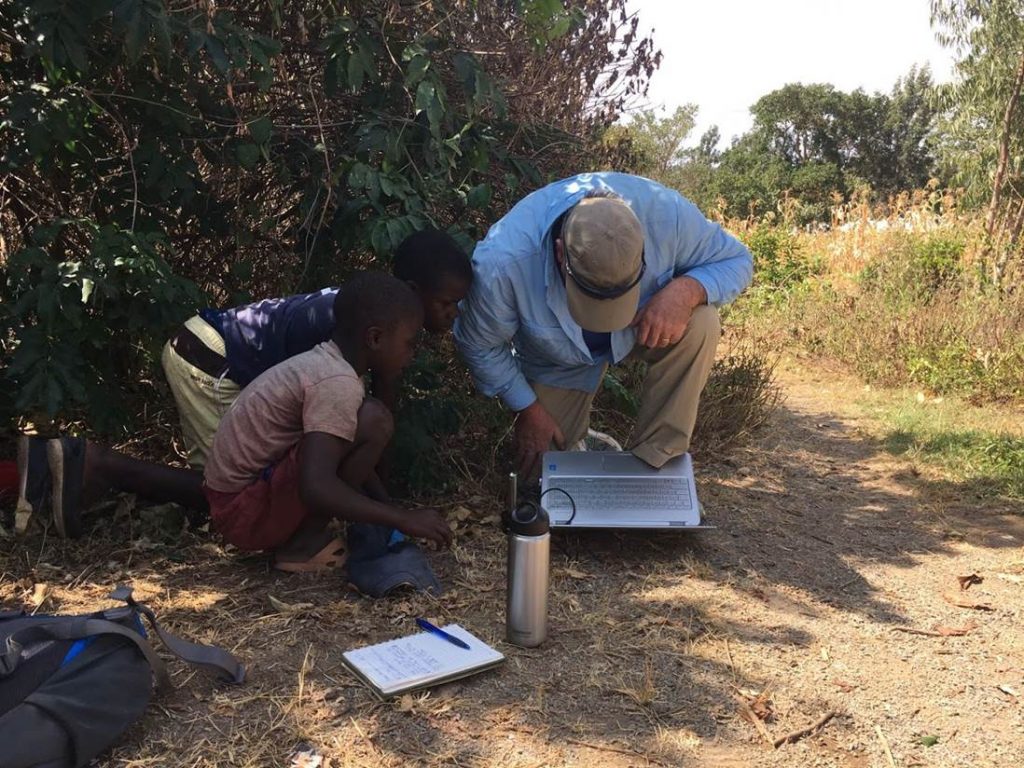
Currently, Leveloggers are installed on stainless steel cables in the supply wells. The water level dataloggers are programmed to record readings twice a day, and data is downloaded on an annual basis.
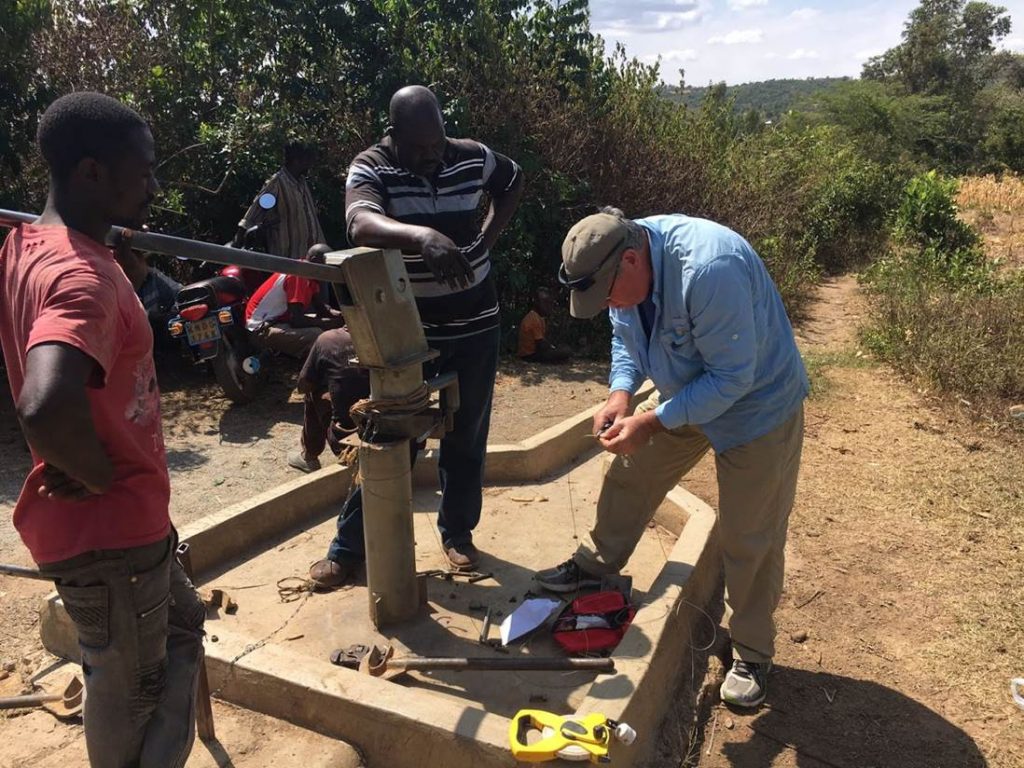
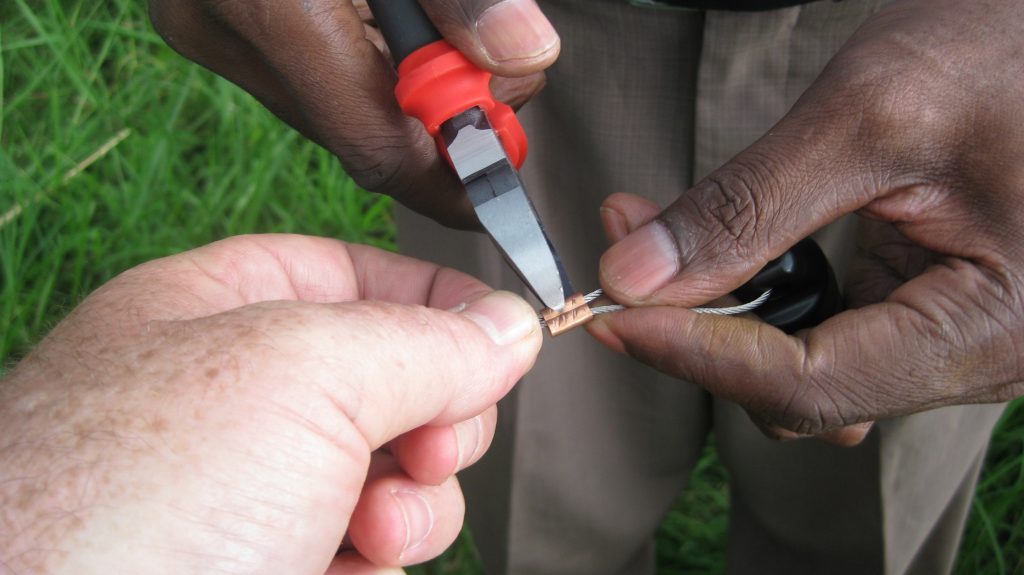
As areas are suffering from drought and many wells are heavily used, some shallow range M10 (10 metre) Leveloggers have become insufficient to handle the larger water level fluctuations. As such, they must be replaced with dataloggers that can withstand deeper deployment.
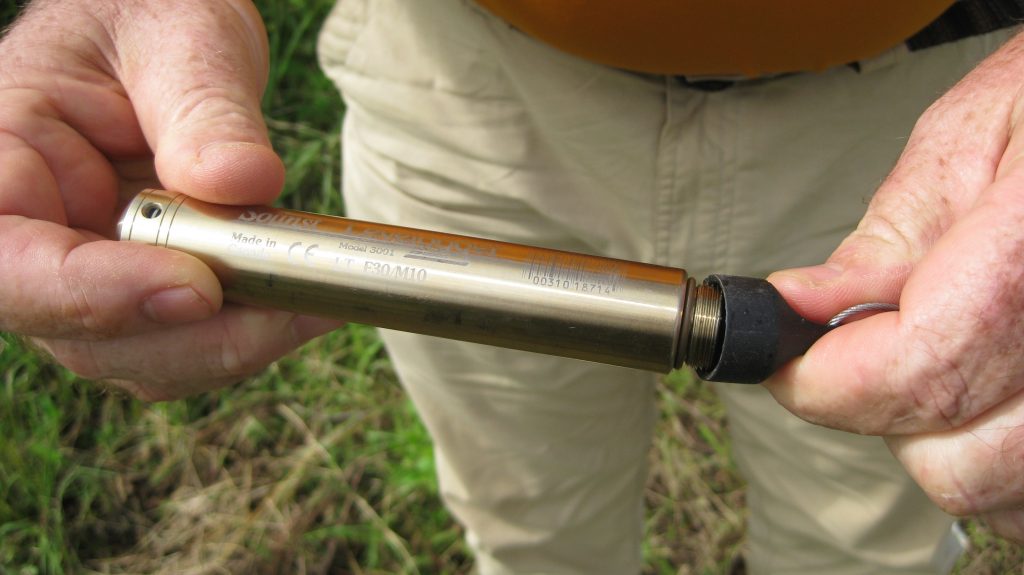
A recent donation from Solinst allowed Maji Walinzi to obtain four M100 (100 metre – deeper range) Levelogger Edge water level dataloggers and accompanying direct read cables. These Leveloggers will be used to replace existing M10 dataloggers. Once installed, direct read cables allow data download and programming, without having to remove the Leveloggers from their positions down well.
These Leveloggers are being installed in Migori County, Kenya, bringing the total to six boreholes in the groundwater monitoring network.
Benefits of a Groundwater Monitoring Network
Data collected through the groundwater monitoring network helps track long-term trends and changes in groundwater levels and rainfall recharge. The information is shared with both government agencies and non-government organizations.
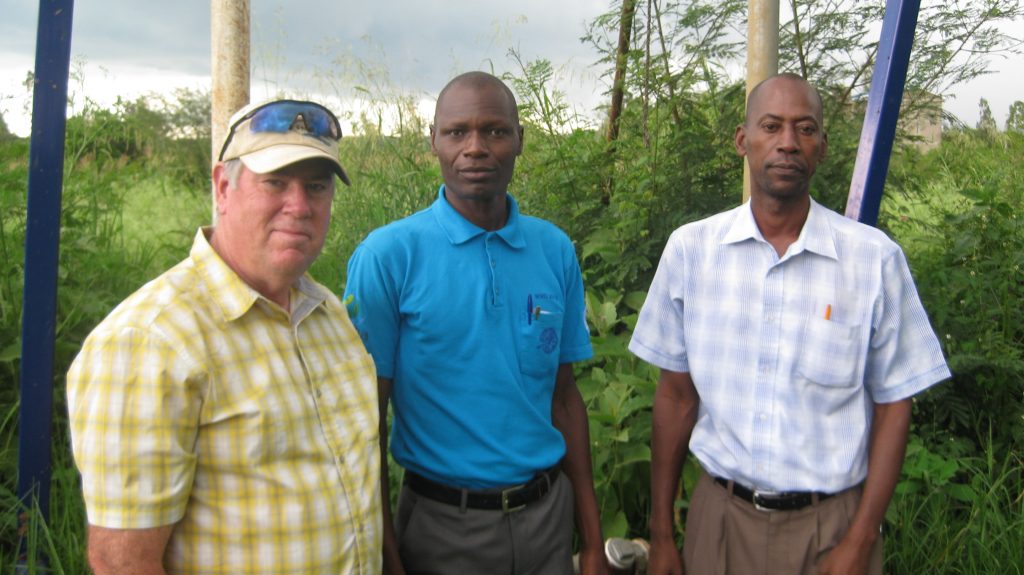
Accurate data allows more informed decisions to be made on water use in these critical groundwater basins. With the added effects of climate change of great concern, long-term groundwater monitoring data is key in determining resource sustainability.
In addition, the data supplied through the groundwater monitoring network will be made available on a website for use by scientists, graduate students, local agencies, etc.
Solinst thanks, William Halbert for providing the information on this project.
